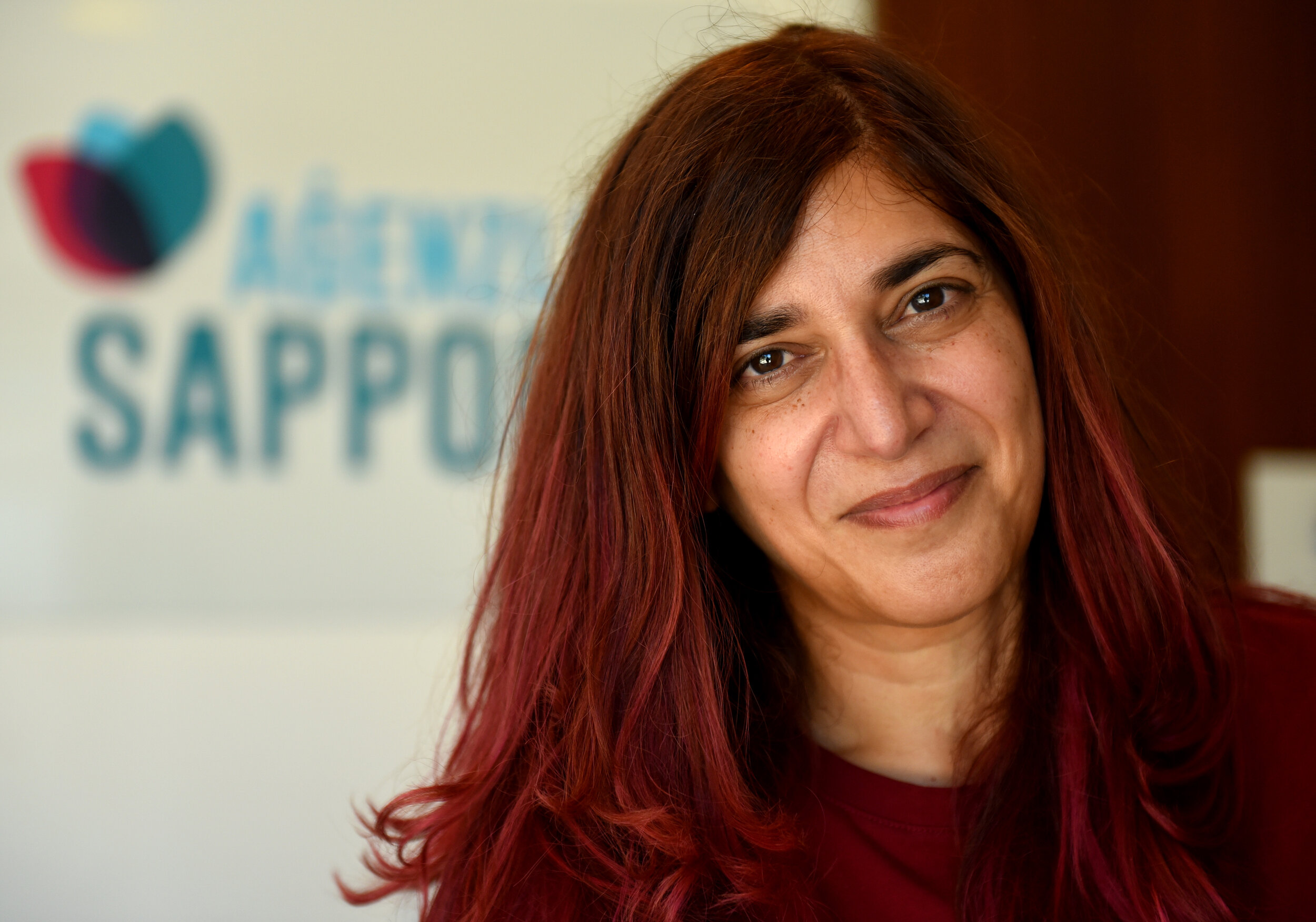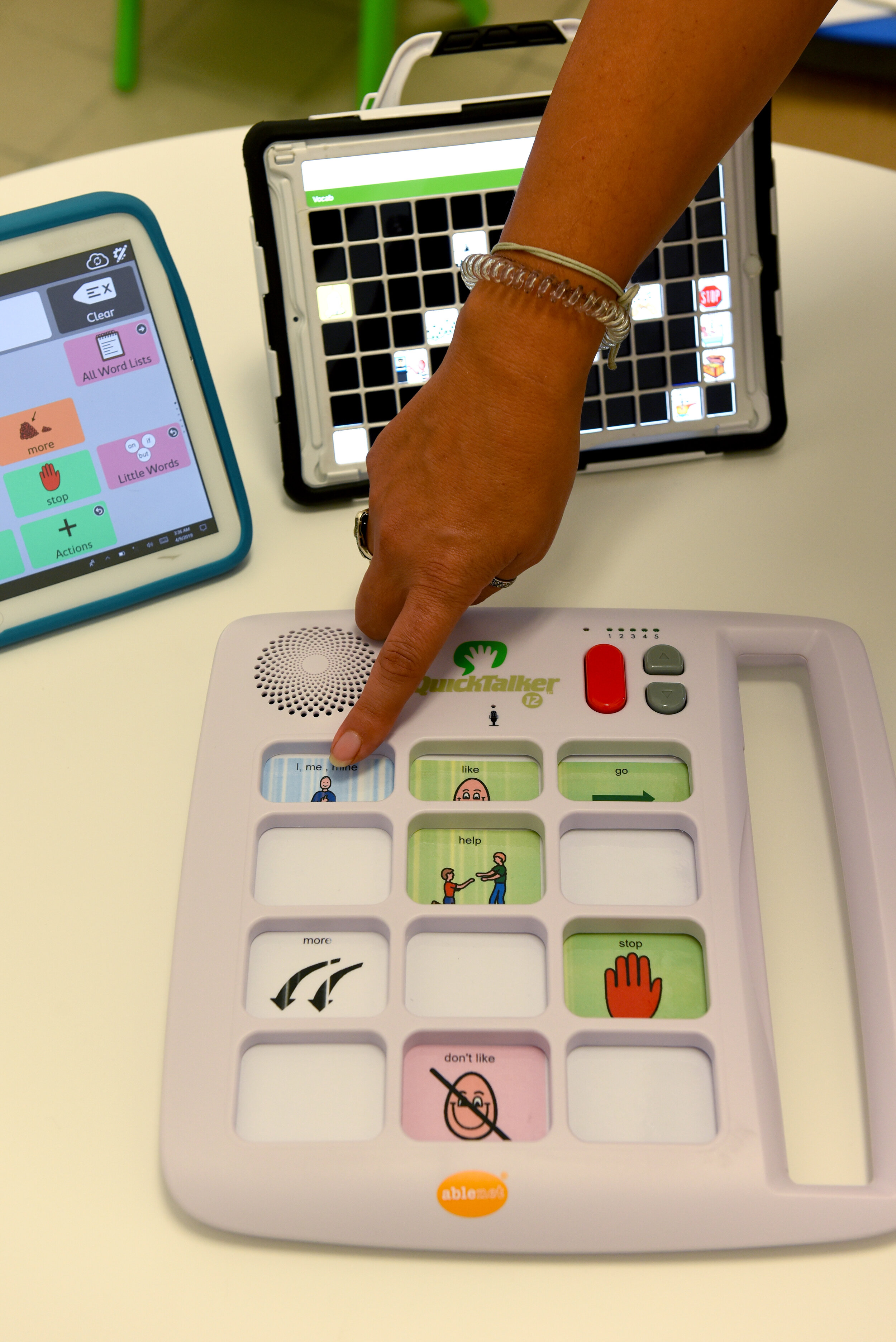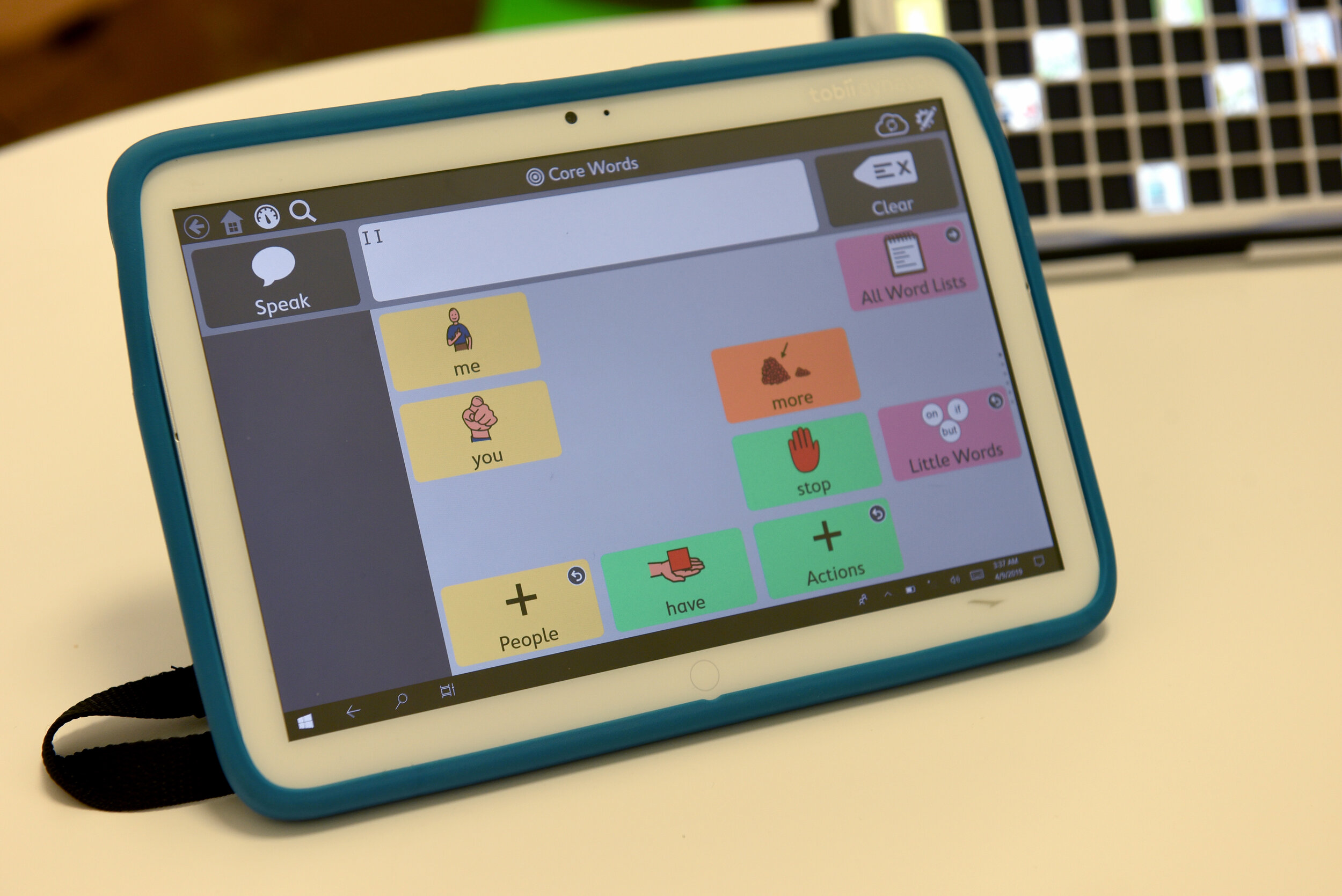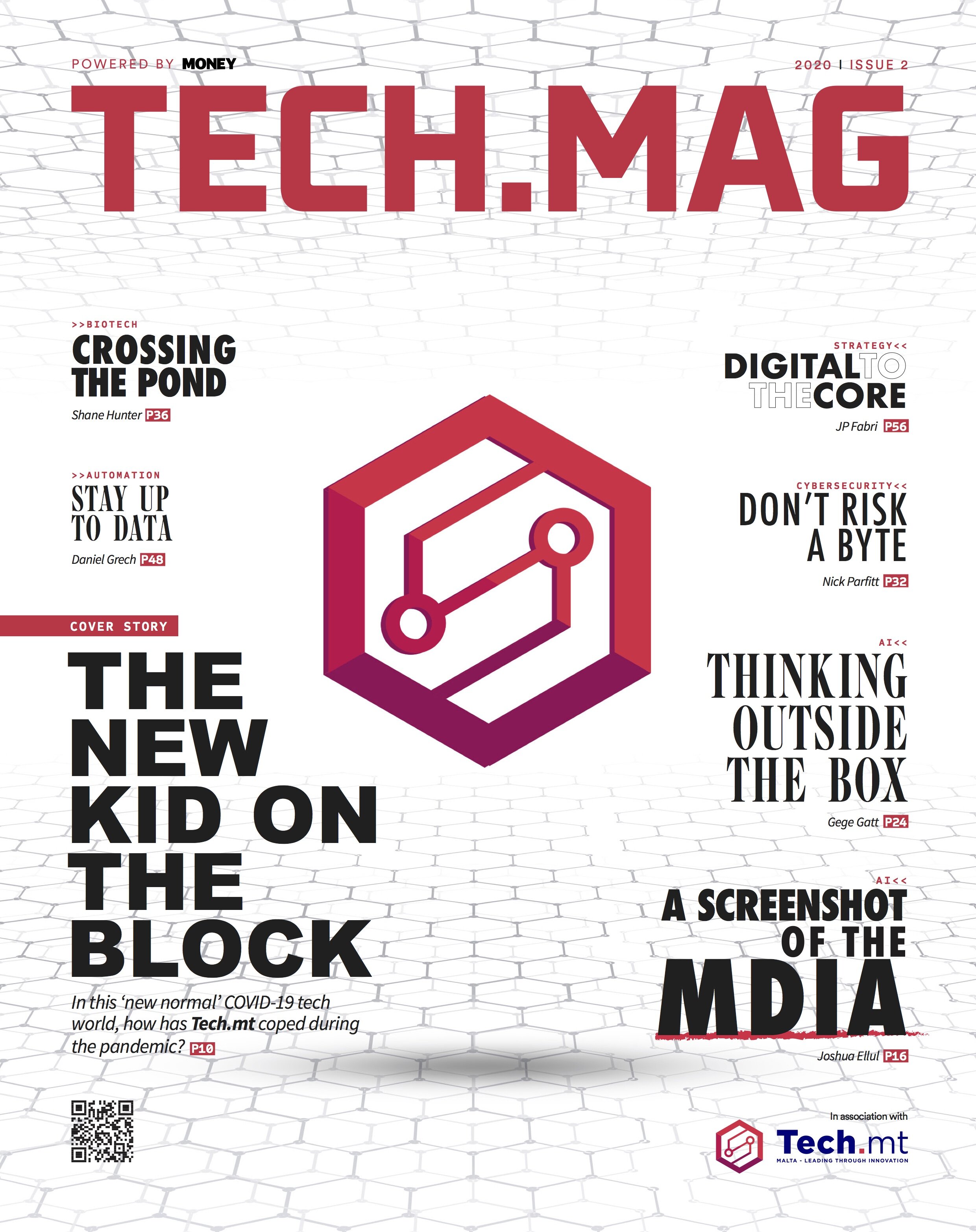BREAKING BARRIERS
Techmag met up with Dr May Agius, a highly specialised speech and language therapist within ACTU (Access to Communication and Technology Unit) and a senior visiting lecturer at the University of Malta. Dr Agius has worked in the field of Augmentative and Alternative Communication (AAC) for over 20 years. Her key area of interest is how we can support children with autism who are minimally verbal to communicate.
The Access to Communication and Technology Unit (ACTU) is a team which is one of the services offered by Aġenzija Sapport. It consists of a team of professionals including Speech and Language Therapists, Occupational Therapists and support staff. Together they work as a team to provide solutions which will address the communication and/or curricular needs of children with disabilities.
What services does ACTU offer? Who do you help?
ACTU offers two primary services. The first one is a service which is designed for children who do not speak or speak, but others do not understand them. For these individuals, our goal is to find ways that we can support them to express themselves using Augmentative & Alternative Communication (AAC). AAC includes a range of strategies and devices which can range from low tech to high tech. Our second service targets children who require alternative methods of accessing the curriculum and this might include specialised keyboards and mice.
Why is this service a lifeline for many?
The underlying ACTU ethos is that the ability to communicate is a fundamental human right. Every child has the right to be able to communicate their basic needs and desires, make choices, express their opinions and to tell us what they do not like or do not want to do. Using AAC, we can support children to develop these communicative skills even if they are unable to speak or do not speak enough for day-to-day use. AAC systems for some children will also support them to develop language, which is a necessity for learning at school. Some of the children who use our service may need to use technology to help their writing and access to the curriculum. Ultimately providing solutions for these children will enable them to be able to live as independently as possible as they grow into adulthood.
Can you tell us the link between communication and technology?
As mentioned above, AAC involves the use of technology which can be low, mid or high tech. We consider a broad spectrum of technological solutions for supporting communication. A low-tech solution could involve the use of picture symbols on a paper which a child points to communicate. On a high-tech level, AAC can include a mainstream solution such as a tablet with a specially designed AAC app or a dedicated AAC device which has been explicitly designed for communicative purposes. Such devices offer the AAC user possibilities that go beyond face-to-face communication such as access to social media, sending SMSs, environmental control as well as access to typical Windows functions such as Microsoft Office and the internet.
How do you decide what technology would be best for someone with communication difficulties?
The area of how decisions are made within the field of AAC is currently of enormous interest within the field. At ACTU, we take a transdisciplinary approach. This means that both a Speech and Language Therapist and an Occupational Therapist is involved in the process. We gather information about the child’s strengths and needs and past experiences of using AAC to support the child to communicate.
We want to understand what the child can do, what they want to be able to do, and what the potential of that child is. Our assessment goes beyond the child. We also take into consideration the environment, including the family and school situation. Once we have all this information, we begin to try out potential solutions with the child to see what the best fit is. On some occasions, the Unit loans out equipment so that both the child and family can see what it is like in the home situation. Finally, we review the information we have gathered to come to a final solution as a full team which includes the child, the family and other professionals who might be involved.
How much tech is out there to cater for this area?
If you consider that AAC includes solutions ranging from low tech to high tech, then I would say there is a vast range. We still recommend some paper-based solutions, e.g. communication books. The recent uptake of mainstream tablets as potential AAC solutions has opened the use of AAC to many more people than was previously possible and has even been referred to as a revolution within the field. Currently, there are several hundred apps designed specifically for AAC purposes which can be uploaded onto a tablet, although each one of these needs to be matched to the child per their strengths and needs. Despite all of this, we still recommend dedicated AAC devices as they provide some advantages over mainstream tablets, for example, extended battery life, access to Windows applications, and access using alternative methods such as eye gaze and head mice. This is an area which has grown in the last ten years!
How do you stay up to date with the latest knowledge in such as fast-paced industry?
Through technology, of course! I use the traditional methods of reading journal articles online so that I can make sure that my recommendations are based on research evidence, like all therapists with interest in AAC, the ACTU team networks with other therapists and with suppliers in different countries. We sign up for newsletters and journals which provide information within the field of AAC. I am also a member of ISAAC (the International Society of Augmentative and Alternative Communication) which organises conferences which I have both attended and presented at. The ACTU team members also participated in the Accessible Europe conference that the Agency hosted in Malta in December 2019, which got together over 40 keynote speakers on accessible and assistive technology for persons with disability.
Aġenzija Sapport is an active service provider and recognises the importance of the need of this field to be able to offer a more holistic service to its service users. For more information visit Aġenzija Sapport, www.sapport.gov.mt







